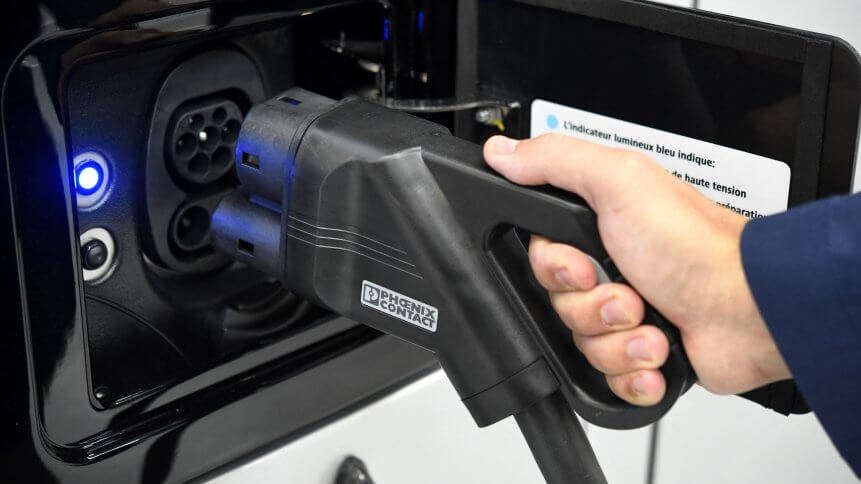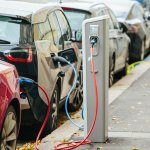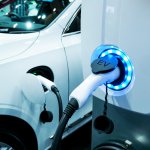Solid-state battery market to power EVs may be worth US$8B by 2031

- The market demand for solid-state batteries mainly comes from electric vehicles.
- Energy storage systems, consumer electronics such as smartphones, tablets, laptops are also target markets and the latter may come true earlier
- The car plug-in market will take the largest share (66%) in 2031, followed by smartphone applications
Long-lasting, quick-charging batteries are essential to the expansion of the electric vehicle (EV) market, but today’s lithium-ion batteries fall short of what’s needed — they’re too heavy, too expensive, and take too long to charge. In recent years though, solid-state batteries have captured manufacturers’ attention with the promise of improving the safety, energy density and range of EVs. With an increasing number of players working in this field and some milestones being achieved, the solid-state battery market is expected to grow to US$8 billion by 2031, according to IDTechEx.
The research firm’s new report titled Solid-State and Polymer Batteries 2021-2031: Technology, Forecasts, Players, highlighted that “interests in solid-state batteries have attracted the attention of material providers, battery vendors, component suppliers, automotive OEMs, and investors. The popular discussions on solid-state batteries have brought development both in academia and industry.”
The rapid growth of the electric vehicle market has driven the development, manufacture, and sales of batteries, especially lithium-ion batteries which have been the industry standard for decades. Researchers for decades have tried to harness the potential of solid-state batteries, which hold substantially more energy in the same volume and charge in a fraction of the time compared to traditional lithium-ion batteries.
Reshuffling the battery supply chain
With a battery market currently dominated by Asian companies, IDTechEx said European and US firms are striving to win this arms race that might, in their view, shift added value away from Japan, China, and South Korea. “Different material selections and change of manufacturing procedures show an indication of reshuffle of the battery supply chain. From both technology and business point of view, development of solid-state batteries has formed part of the next generation battery strategy. It has become a global game with regional interests and governmental support,” it added.
In 2015, Volkswagen got a 5% stake in QuantumScape, Dyson acquired Sakti3, Bosch acquired SEEO, and Johnson Battery Technologies sold its solid-state batteries to BP. Although in 2017, Bosch gave up SEEO and was selling the company, and Dyson abandoned the technologies of Sakti3, the interest in solid-state batteries never vanished. Ford, Samsung, and Hyundai invested in Solid Power. The latter also partnered with BMW.
Renault, Mitsubishi, and Nissan invested in Ionic Materials. In 2020 there were the newly developed solid-state batteries, based on argyrodite electrolyte, by Samsung and a further US$200 million investment by Volkswagen on QuantumScape. Even Honda, Fisker, Panasonic, Contemporary Amperex Technology Co. Limited got involved in this game.
“Flammable liquid electrolytes in most commercial li-ion batteries are considered a threat to safety as they can easily shrink under high temperatures, lead to short circuits and then catch fire. Replacing organic liquid electrolytes with solid-state counterparts, solid-state batteries enable safer, long-lasting batteries,” the report stated
What will drive the battery market?
Inevitably, the market demand for solid-state batteries mainly comes from EV. IDTechEx reckons energy storage systems, consumer electronics such as smartphones, tablets, laptops are also target markets – and the latter may come true earlier. “With most companies’ mass production plans, like Japan ~2025-2030, Europe ~2025-2026, mainland China & Taiwan ~2022-1023, the solid-state battery will likely take off after 2025, although small-scale production may happen even earlier. The car plug-in market will take the largest share (66%) in 2031, followed by smartphone applications.”
Based on recent progress, the interests are heavily driven by the EV market and regional convenience is an important consideration for the next stage of commercialization, especially based on the current situation with Covid19 affecting consumers’ purchasing decisions, lifestyle, and influencing globalization. IDTechEx said this will lead to further consolidation and partnerships and it is highly likely that new solid-state battery manufacturing sites are located near the EV application market. “While start-ups far away from the application markets tend to license their technologies, rather than building manufacturing sites locally,” it added.










